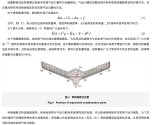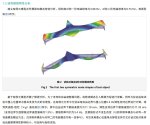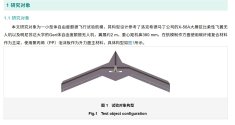A question i wanted to ask, remember the increasing rumours around 2020 or so pointing to the imminent first flight of the H-20? Nothing came to be as we know, since apparently the specs for H-20 has been changed and now we're waiting with baited breath the first flight of the revised spec H-20.
BUT, considering the rumours going about around 2020, has there been any hints or anything like that pointing to the possibility of the initial H-20 design flying around that timeframe, acting as a sort of technology demonstrator until the seemingly highly revised design is ready? As we know the americans flew numerous airframes of various designs in total secrecy over the years, and i'm sure China could and probably did so too.
Alternatively, perhaps the initial H-20 design became the unmanned GJ-X we saw unveiled only recently, though we don't know when it flew the first time?
BUT, considering the rumours going about around 2020, has there been any hints or anything like that pointing to the possibility of the initial H-20 design flying around that timeframe, acting as a sort of technology demonstrator until the seemingly highly revised design is ready? As we know the americans flew numerous airframes of various designs in total secrecy over the years, and i'm sure China could and probably did so too.
Alternatively, perhaps the initial H-20 design became the unmanned GJ-X we saw unveiled only recently, though we don't know when it flew the first time?




